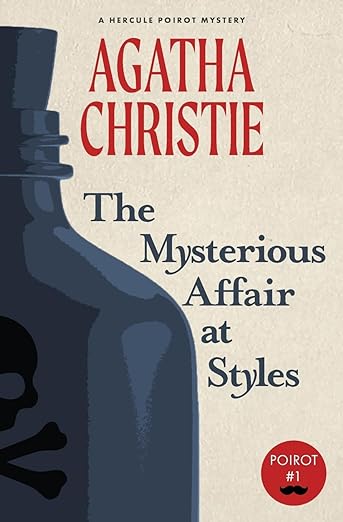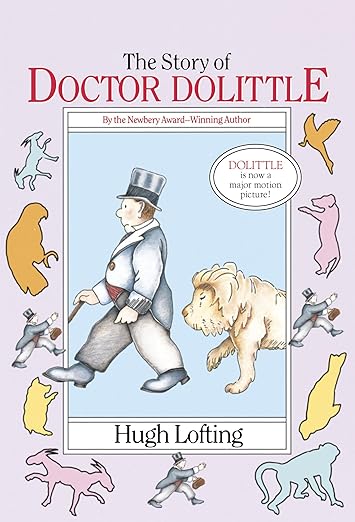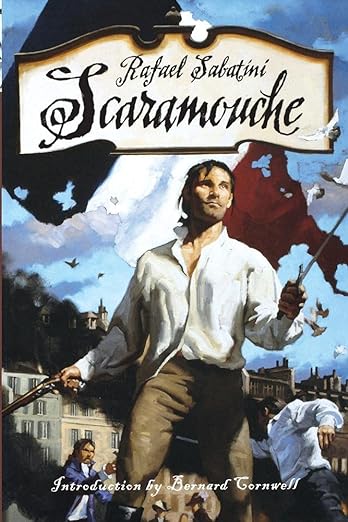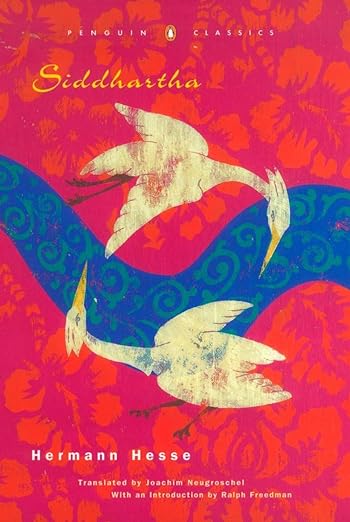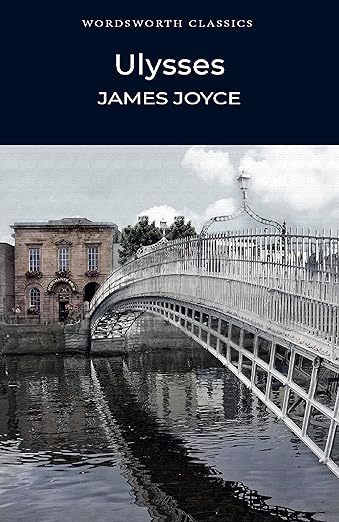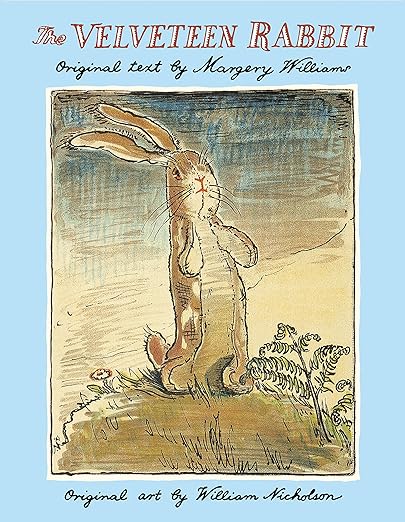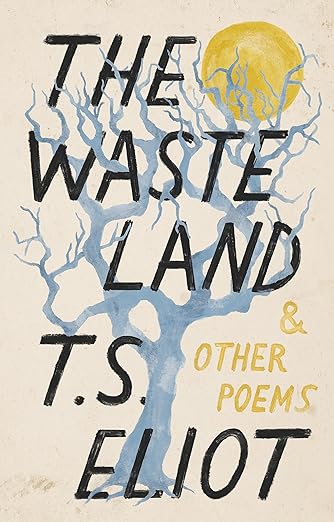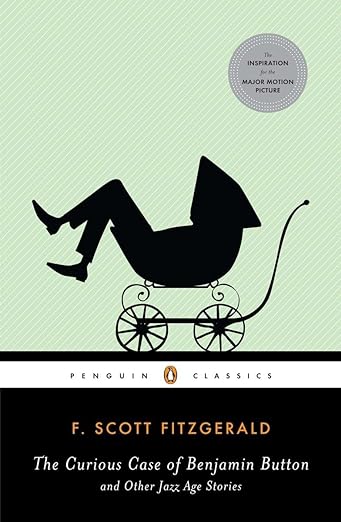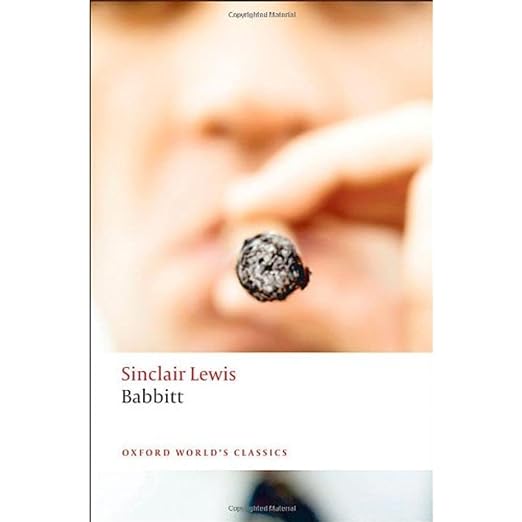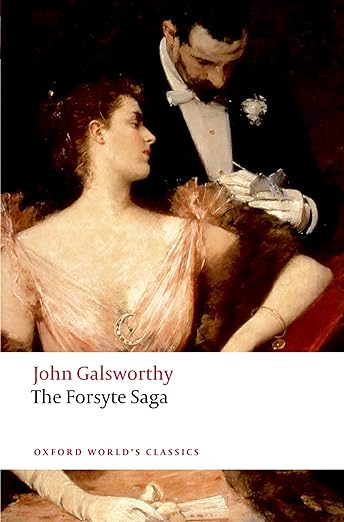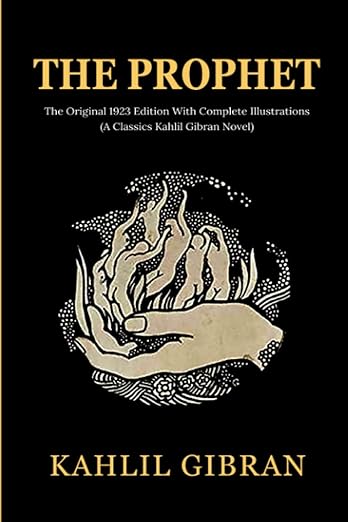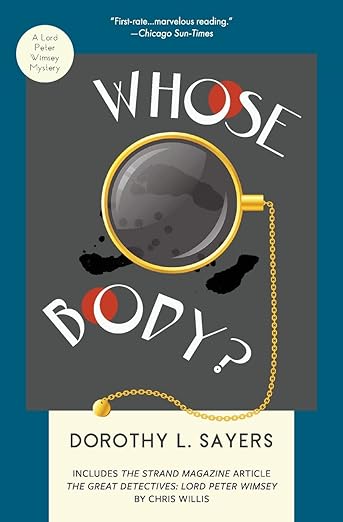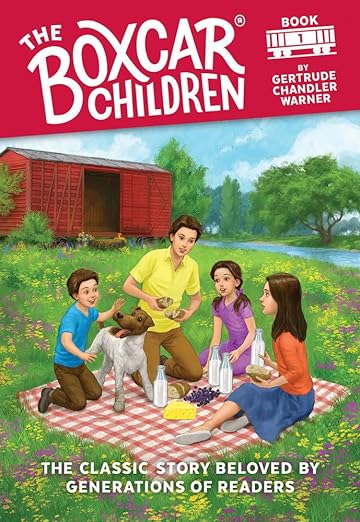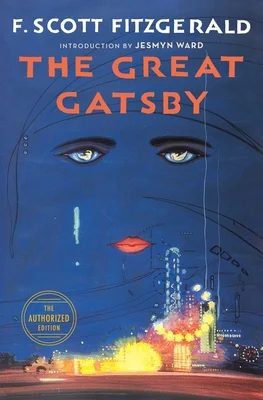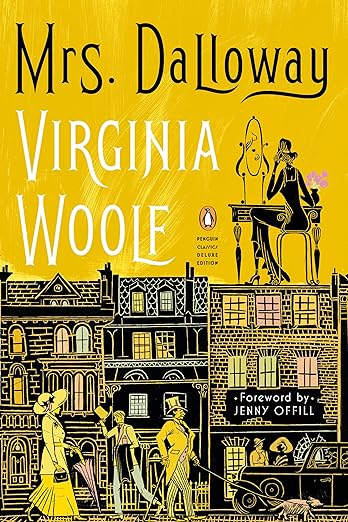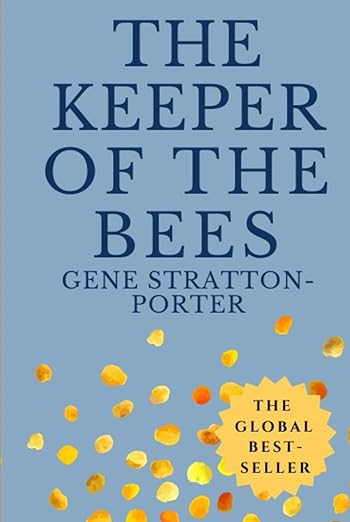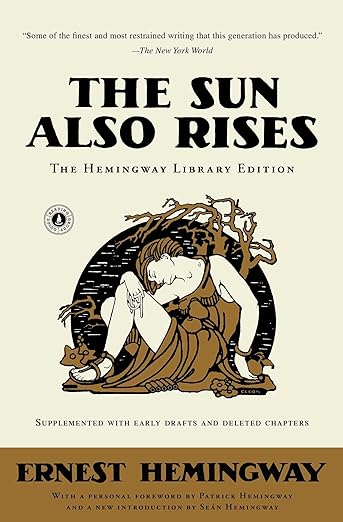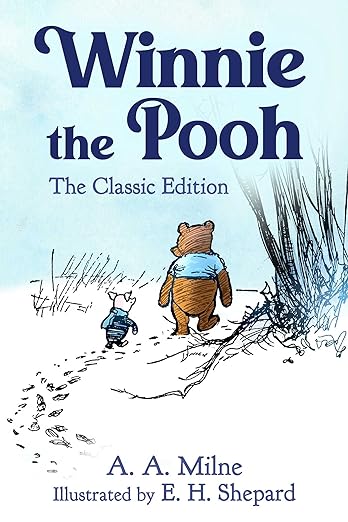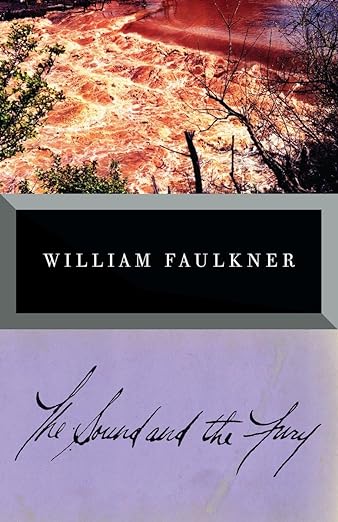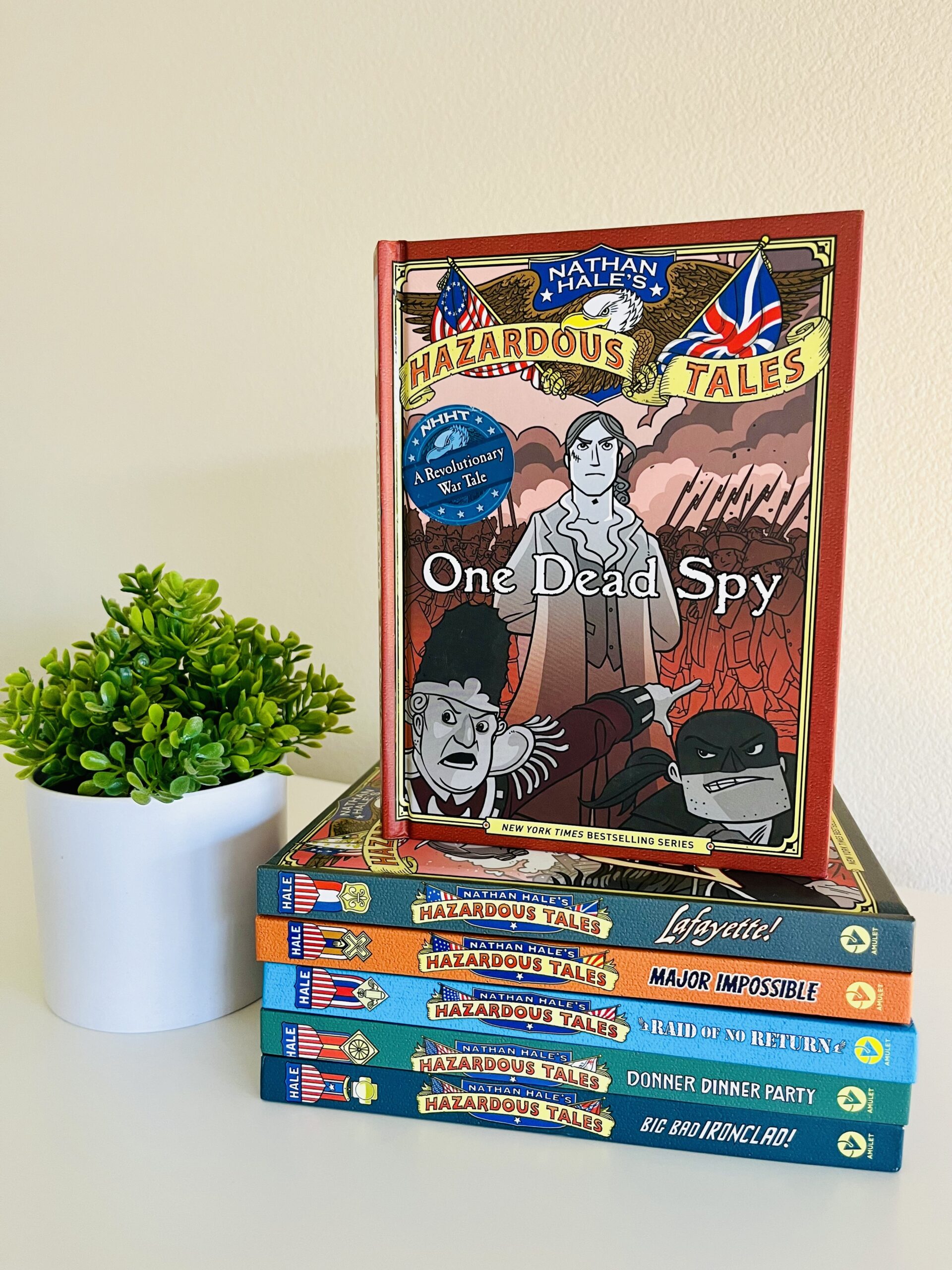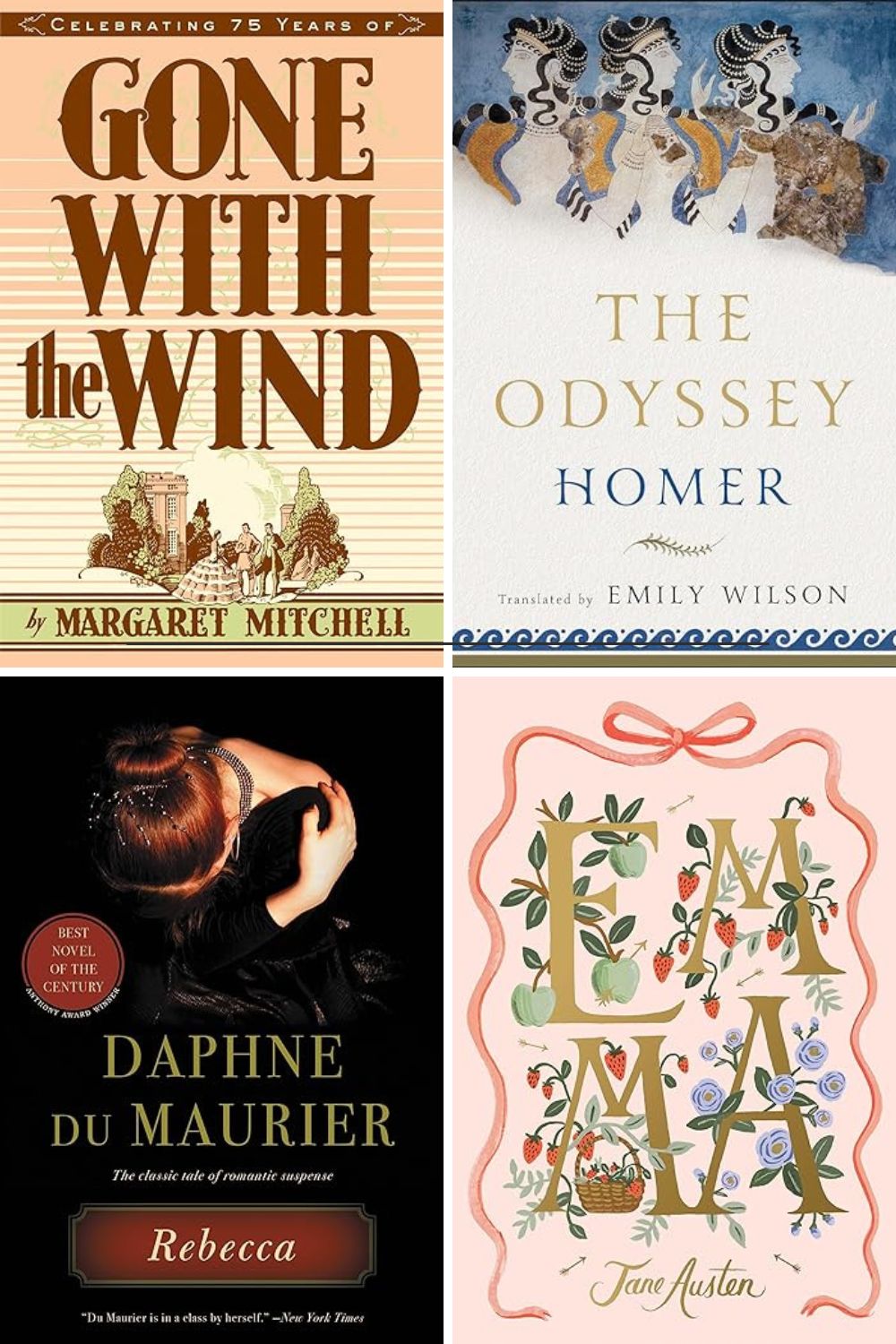This post may contain affiliate links, which means I’ll receive a commission if you purchase through my link, at no extra cost to you. Please read full disclosure here.
Women were fighting for the right to vote, drinking alcohol was against the law, the Scopes trial debated whether or not evolution should be taught in the classroom, Charles Lindbergh flew nonstop from New York to Paris, the stock market crashed, and these are the books they were reading.
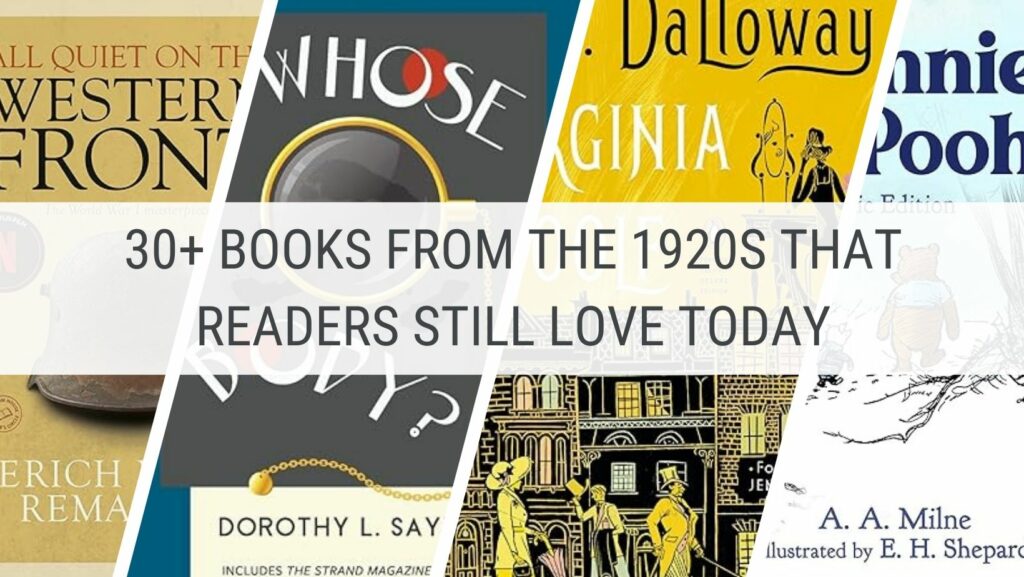
One of the themes I noticed about this decade is how many of them detail life during or after World War I and the effect it had on society. It goes to show how far and wide the impact that war had on that decade. Little did they know that a much bigger war was looming on the horizon.
The books on this list cover many genres, including mystery, historical fiction, fantasy, philosophy, religion, and social commentary.
There are also several children’s classics. If you don’t know where to start or which book to read first, I recommend starting with a children’s classic, and this decade has some of my personal faves.
This post is all about the 1920s book that readers still read and love today plus the bestsellers from that decade.
1920s Books We Still Love Today
The Mysterious Affair at Styles by Agatha Christie (1920)
In Christie’s debut novel, we meet Hercule Poirot, a Belgian refugee turned detective, who investigates the poisoning of wealthy Emily Inglethorp at Styles Court. The case is filled with red herrings, family secrets, and an ingenious use of a will. This is a great place to start if you’ve never read a Hercule Poirot Agatha Christie novel.
- Length: 185 pages
- Genre: Mystery
- Publication Year: 1920
The Age of Innocence by Edith Wharton (1921)
Set in the 1870s New York high society, the novel explores the conflict between individual desires and social expectations through the story of Newland Archer, who is torn between his duty to his fiancée May Welland, and his passion for the scandalous Countess Ellen Olenska. Great for fans of Jane Austen.
- Length: 544 pages (including annotations); the novel itself is about 300 pages
- Genre: Historical fiction about 1870s New York
- Publication Year: 1921
The Story of Doctor Dolittle by Hugh Lofting (1920)
The Story of Doctor Dolittle is about Dr. John Dolittle, a kind-hearted physician from the English village of Puddleby-on-the-Marsh, who learns to communicate with animals and becomes a veterinarian. His newfound skill leads him on various adventures, including a journey to Africa to save monkeys from a deadly disease. This is a great book to share with your kids.
- Length: 176 pages
- Genre: Children’s Classic
- Publication Year: 1920
The Doom That Came to Sarnath by H. P. Lovecraft (1920)
This short story is about the rise and fall of the fictional city of Sarnath, located near the ancient and mysterious city of Ib, inhabited by a strange race of beings. Centuries after Sarnath’s inhabitants destroy Ib and its peculiar denizens, a mysterious doom befalls Sarnath, leaving it abandoned and haunted as a testament to the curse of the destroyed beings of Ib. Great pick for fans of fantasy.
- Length: 208 pages
- Genre: Fantasy
- Publication Year: 1920
Scaramouche by Rafael Sabatini (1920)
In this swashbuckling adventure, André-Louis Moreau, a young lawyer of unknown parentage, becomes a revolutionary during the French Revolution after his best friend is killed in a duel by an aristocrat. Driven by his quest for justice and revenge, Moreau adopts various personas, including that of a theatrical scaramouche, and becomes embroiled in the political tumult of the era, navigating through a series of romantic, legal, and martial escapades.
- Length: 418 pages
- Genre: Historical fiction about the French Revolution
- Publication Year: 1920
Rilla of Ingleside by Lucy Maud Montgomery (1921)
This novel, the last in the Anne of Green Gables series, focuses on Anne’s youngest daughter, Rilla, during World War I, capturing the impact of the war on the Canadian home front and Rilla’s personal growth from a carefree teenager to a responsible adult. If you love Anne of Green Gables, be sure to check out my guide to the entire series here.
- Length: 318 pages
- Genre: Historical Fiction
- Publication Year: 1921
Siddhartha by Hermann Hesse (1922)
Siddhartha is a novel that follows the journey of a young man named Siddhartha in ancient India as he seeks spiritual enlightenment and understanding, moving through various stages of life from asceticism to worldly pleasures and finally to a simple life by a river. Throughout his journey, Siddhartha learns that true enlightenment comes from within and through direct experiences of the world, leading to his ultimate realization of peace and harmony with the universe.
- Length: 176 pages
- Genre: Philosophy/Spirituality Fiction
- Publication Year: 1922
Ulysses by James Joyce (1922)
Ulysses is a complex novel set in Dublin on June 16, 1904, that chronicles the day-long adventures of Leopold Bloom and Stephen Dedalus, employing a myriad of literary styles to explore its characters’ inner thoughts and interactions. The novel is renowned for its stream-of-consciousness technique, rich symbolism, and deep exploration of human consciousness, effectively capturing the mundane and profound aspects of everyday life.
- Length: 736 pages
- Genre: Irish Literature
- Publication Year: 1922
The Velveteen Rabbit by Margery Williams (1922)
The Velveteen Rabbit by Margery Williams is a tale about a stuffed rabbit and its journey to becoming real through the love of its owner, a young boy. The rabbit learns about love’s transformative power and the true meaning of becoming “real” when it is loved so much that it begins to wear out, ultimately leading to its magical transformation by the nursery magic Fairy.
- Length: 33 pages
- Genre: Children’s Classic
- Publication Year: 1922
The Waste Land by T. S. Elliot (1922)
The Waste Land is a poem that explores the disillusionment and despair of the post-World War I era through a series of interconnected images and historical references. It weaves together themes of desolation, spiritual dryness, and the quest for renewal in a modern world devoid of coherent cultural or religious values, ultimately suggesting the possibility of personal and societal regeneration.
- Length: 96 pages
- Genre: Poetry
- Publication Year: 1922
The Curious Case of Benjamin Button by F. Scott Fitzgerald (1922)
The Curious Case of Benjamin Button tells the story of Benjamin Button, who was born as an elderly man in Baltimore in 1860 and ages in reverse, becoming younger as the years pass. This unique condition brings Benjamin experiences and challenges that are at odds with the society around him, leading to a life filled with paradoxes and a sense of isolation as his physical and emotional worlds move in opposite directions.
- Length: 464 pages
- Genre: Fantasy, Magical Realism
- Publication Year: 1922
Babbit by Sinclair Lewis (1922)
Babbitt is a satirical novel that scrutinizes the life of George F. Babbitt, a prosperous but complacent real estate agent in the fictional Midwestern city of Zenith, who becomes increasingly dissatisfied with the materialism, social conformity, and hollow existence of the American middle class during the 1920s. The story captures Babbitt’s struggles with his desire for social status and respectability, juxtaposed against his longing for freedom and authenticity, ultimately highlighting the tension between individuality and societal expectations. This book was very controversial in its day.
- Length: 368 pages
- Genre: Satirical Fiction
- Publication Year: 1922
The Forsyte Saga by John Galsworthy (1922)
The Forsyte Saga is a series of three novels that chronicle the lives, loves, and fortunes of the upper-middle-class Forsyte family in England from the Victorian era through the early 20th century. The saga delves into themes of property, beauty, and the nature of love, highlighting the family’s struggles with social change, internal conflicts, and the challenges of maintaining their status amidst the evolving societal landscape. This volume contains all three novels.
- Length: 872 pages
- Genre: Historical Fiction
- Publication Year: 1922
The Prophet by Kahlil Gibran (1923)
The Prophet is a collection of poetic essays that unfold as a series of philosophical and spiritual conversations between the prophet Almustafa and the inhabitants of the city of Orphalese on topics ranging from love and marriage to freedom and death. As he prepares to board a ship that will take him home after twelve years of exile, Almustafa imparts his profound wisdom on the complexities of the human condition, offering insights that celebrate the unity and the contradictions of life’s experiences.
- Length: 108 pages
- Genre: Poetry
- Publication Year: 1923
Whose Body? by Dorothy L. Sayers (Lord Peter Wimsey Series Book 1) (1923)
Whose Body? is the first novel featuring the aristocratic detective Lord Peter Wimsey, who investigates the mysterious appearance of a dead body in a bathtub wearing nothing but a pair of pince-nez glasses. The investigation leads Wimsey into a complex case involving a missing financier, mistaken identities, and a cunning murderer, showcasing his wit, erudition, and deductive skills.
- Length: 200 pages
- Genre: Mystery
- Publication Year: 1923
The Boxcar Children by Gertrude Chandler Warner (1924)
The Boxcar Children tells the story of four orphaned siblings who make a home for themselves in an abandoned boxcar in the forest as they seek to avoid being placed under the guardianship of an unknown grandfather they believe to be cruel. Their resourcefulness, independence, and strong familial bonds help them create a happy life together until a twist of fate leads them to discover that their grandfather is actually kind and loving, ultimately bringing them into a new, loving home. This book is a family favorite around here.
- Length: 160 pages
- Genre: Children’s Classic
- Publication Year: 1924
The Great Gatsby by F. Scott Fitzgerald (1925)
F. Scott Fitzgerald’s The Great Gatsby unfolds during the simmering summer of 1922, offering a vivid glimpse into the era’s extravagance and social stratifications through the observant eyes of Nick Carraway. Intrigued by his enigmatic neighbor, Jay Gatsby, and his lavish soirées, Nick is drawn into the complexities of Gatsby’s quest to reclaim his lost love, Daisy Buchanan, despite her current marriage. This iconic novel weaves a rich tapestry of themes encompassing the pursuit of wealth, the illusion of love, and the intensity of desire, challenging readers to reflect on the deeper meanings of these pursuits.
- Length: 216 pages
- Genre: Fantasy
- Publication Year: 1925
Mrs. Dalloway by Virginia Woolf (1925)
Mrs. Dalloway chronicles a day in the life of Clarissa Dalloway, a high-society woman in post-World War I England, as she prepares for a party she is hosting that evening. Through Woolf’s innovative stream-of-consciousness technique, the novel delves into the complex inner lives and memories of its characters, revealing the intersections of the personal and the political and the profound effects of time and social conventions on individual identity and relationships.
- Length: 240 pages
- Genre: Fantasy
- Publication Year: 1925
The Everlasting Man by G. K. Chesterton (1925)
The Everlasting Man presents a Christian apologetic critique of both secular history and various ideologies, arguing for the uniqueness of the Christian faith as a central pivot in human history. Chesterton contrasts the spiritual journey of mankind with the development of other religions and philosophies, ultimately positing that Christianity fulfills the deepest human needs and desires that those systems cannot, presenting Jesus Christ as the eternal figure who gives history and human life their ultimate meaning.
- Length: 316 pages
- Genre: Christian Apologetics
- Publication Year: 1925
The Keeper of the Bees by Gene Stratton-Porter (1925)
The Keeper of the Bees centers around James Lewis MacFarlane, a World War I veteran who, upon deserting a military hospital to avoid further surgery, finds refuge and a new sense of purpose with an elderly beekeeper on the California coast. As he immerses himself in the peaceful world of beekeeping and the natural beauty that surrounds him, Jamie’s life intertwines with those of the beekeeper’s friends and a mysterious little girl named Scout, leading to a journey of healing, self-discovery, and unexpected love. I read this book more than 10 years ago, and I still think about it. Great for fans of Wendell Berry.
- Length: 282 pages
- Genre: Historical Fiction
- Publication Year: 1925
The Sun Also Rises by Ernest Hemingway (1926)
This book follows a group of American and British expatriates from the cafes of Paris to the bullfighting rings of Spain, capturing the disillusionment and existential crises of the post-World War I generation. The novel focuses on the love triangle between the impotent war veteran Jake Barnes, the enigmatic Lady Brett Ashley, and her various suitors, portraying their aimless lives and unattainable desires against a backdrop of lost ideals and the search for meaning in a post-war world.
- Length: 310 pages
- Genre: Fantasy
- Publication Year: 1926
Winnie-the-Pooh by A. A. Milne (1926)
Before there was Toy Story, there was Winnie the Pooh. If you’ve never read Winnie the Pooh, then this is the book you must pick for this decade. This book follows the adventures of the good-natured but simple-minded teddy bear, Winnie-the-Pooh, and his friends in the Hundred Acre Wood, including Piglet, Eeyore, and Tigger. Through their charming and innocent escapades, the book explores themes of friendship, imagination, and the joy of childhood. I’ve been listening to this one on audio with my kids as we drive to school, and even my 14-year-old laughs out loud at these character’s antics. This book will put a smile on your face.
- Length: 176 pages
- Genre: Fantasy
- Publication Year: 1926
All Quite on the Western Front by Erich Maria Remarque (1928)
All Quiet on the Western Front portrays the harrowing experiences of German soldiers during World War I, focusing on the young protagonist Paul Bäumer and his comrades as they endure the brutal realities of trench warfare. The novel delves deeply into the physical and psychological traumas of war, highlighting the profound disconnection between the front-line experiences of the soldiers and the perceptions of those at home, ultimately questioning the value and cost of war on the human spirit. This is widely regarded as one of the greatest anti-war novels of all time.
- Length: 240 pages
- Genre: Fantasy
- Publication Year: 1928
The Sound and the Fury by William Faulkner (1929)
The Sound and the Fury is a profound exploration of the decline of the Compson family in the American South, told through a series of non-linear and stream-of-consciousness narratives from the perspectives of several family members. The novel delves into themes of time, memory, and the legacy of the past, as each section reflects the fragmented and subjective experiences of the characters, revealing the deep-seated conflicts and tragedies that underlie the family’s disintegration.
- Length: 326 pages
- Genre: Fantasy
- Publication Year: 1929
The Bestselling Books from the 1920s
I think it’s interesting to compare the bestselling 1920s books with the books that we are still reading today.
- 1920: The Man of the Forest by Zane Grey is a Western story that revolves around Dale, a lone hunter with a deep understanding and respect for the wilderness, who becomes entangled in the protection of a woman and her sister.
- 1921: Main Street by Sinclair Lewis explores themes of small-town life, conformity, and the clash between urban and rural values.
- 1922: If Winter Comes by A. S. M. Hutchinson is about a man experiencing personal and professional turmoil in the tumultuous setting of post-World War I England.
- 1923: Black Oxen by Gertrude Atherton explores the intersection of science, femininity, and identity, as well as the public’s fascination with youth and the lengths to which people will go to preserve or recapture it.
- 1924: So Big by Edna Ferber is about a resilient and resourceful woman who faces life’s hardships with unwavering perseverance.
- 1925: Soundings by A. Hamilton Gibbs about the life and experiences of Martin Vale as he navigates personal and societal challenges in England during the post-World War I era.
- 1926: The Private Life of Helen of Troy by John Erskine retells the classic story of Helen, famed for her beauty and central role in sparking the Trojan War, by focusing on her personal life and character rather than her public persona.
- 1927: Elmer Gantry by Sinclair Lewis is about a charismatic but morally bankrupt salesman who becomes a fraudulent evangelical preacher.
- 1928: The Bridge of San Luis Rey by Thornton Wilder is about the tragic collapse of an ancient Incan rope bridge in Peru and the deaths of five individuals who were on the bridge at the time.
- 1929: All Quiet on the Western Front by Erich Maria Remarque is about the harrowing experiences of a young German soldier named Paul Bäumer and his comrades in the trenches during World War I.

